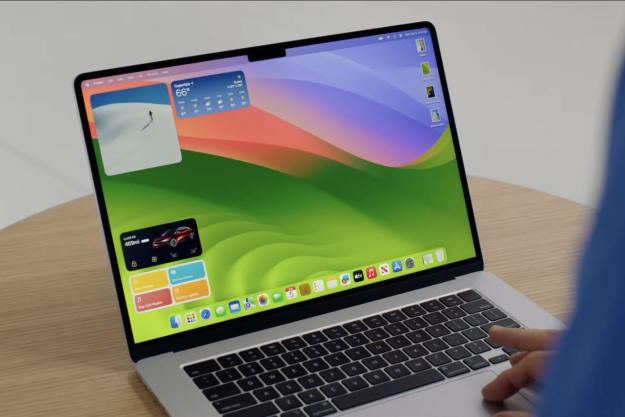
32-bit applications differentiate themselves from more modern, 64-bit apps by their support for a shorter data width. In practical terms, it means they can’t leverage as much memory, which, as applications become more complicated, can limit performance.
In many ways, 32-bit applications have been on their way out since the early 2000s, with the introduction of the first 64-bit consumer processors. However, legacy software support has meant they have been maintained by modern operating systems and hardware. Apple is now taking steps to reduce that in the future, with plans to eventually phase them out entirely.
That begins with High Sierra 10.13.4, where users launching 32-bit apps will be informed that it will be the “last MacOS release to support 32-bit apps without compromises.” It will only be shown one time for each application, according to MacRumors, but future warnings will double down on the advice that 32-bit apps’ days are numbered. Apple suggests messages will become increasingly “aggressive,” before support is cut entirely.
Alongside the warnings, Apple has also begun restricting its App Store, where any new application must be submitted in 64-bit form. 32-bit iterations will no longer be accepted. When MacOS does officially drop support for 32-bit apps, existing applications built on that standard will no longer be able to function, forcing users to find an alternative means of completing those tasks.
None of this is unprecedented on Apple systems. It previously took similar steps when phasing out support for 32-bit applications on iOS. iOS 10 began the warnings, with Apple officially cutting the cord for the aging standard with iOS 11.
Other changes coming with the High Sierra 10.13.4 update to MacOS include an updated version of Safari, version 11.1, which adds a number of new features including new web APIs and security improvements, according to MacRumors. The browser will also automatically convert animated GIFs into silent videos in order to cut back on data usage.
Editors' Recommendations
- The 6 key things Apple must fix in the next version of macOS
- How to change the default apps on a Mac
- This simple app changed how I use my Mac forever
- All the best macOS Sonoma tips and tricks you need to know
- Common macOS Sonoma problems and how to fix them



